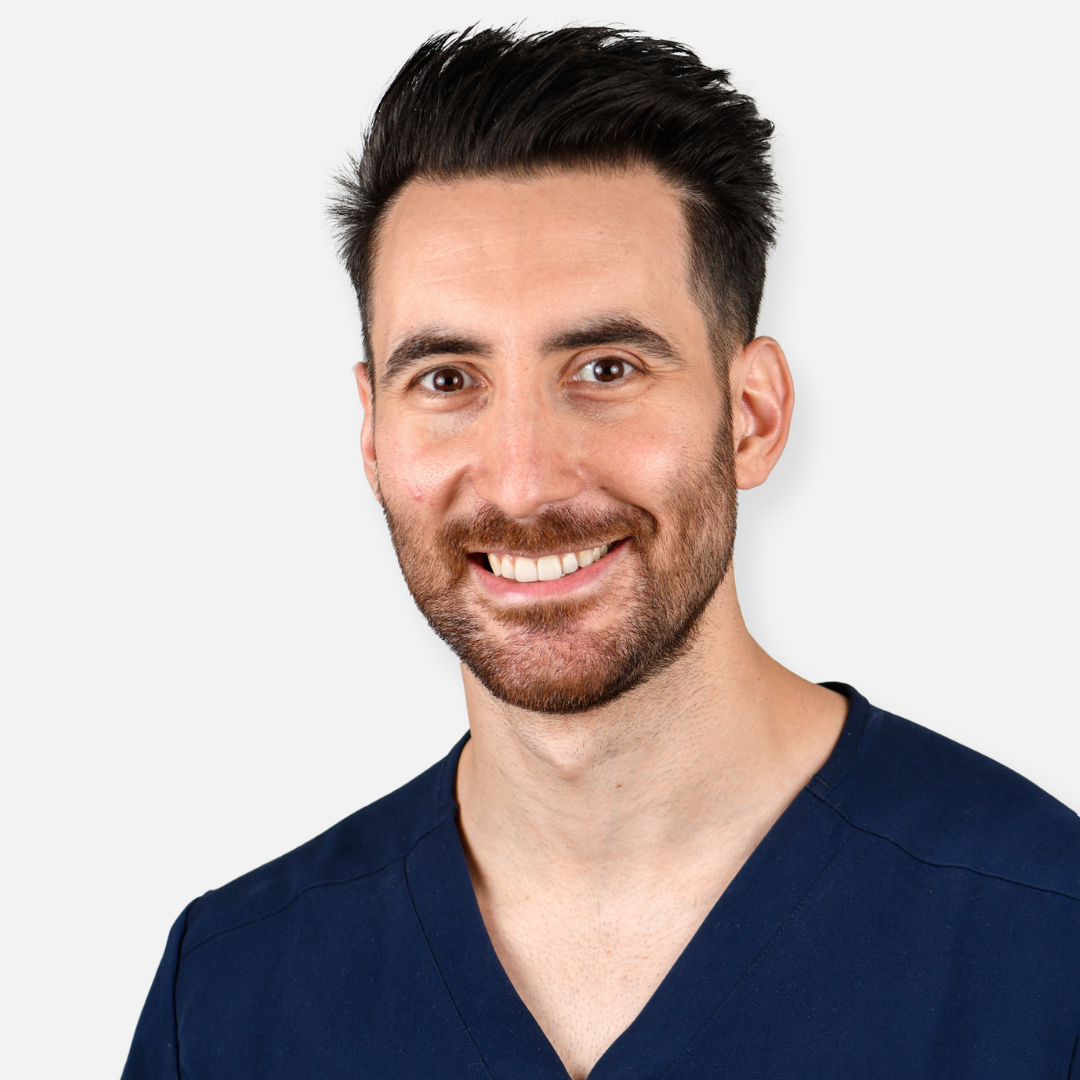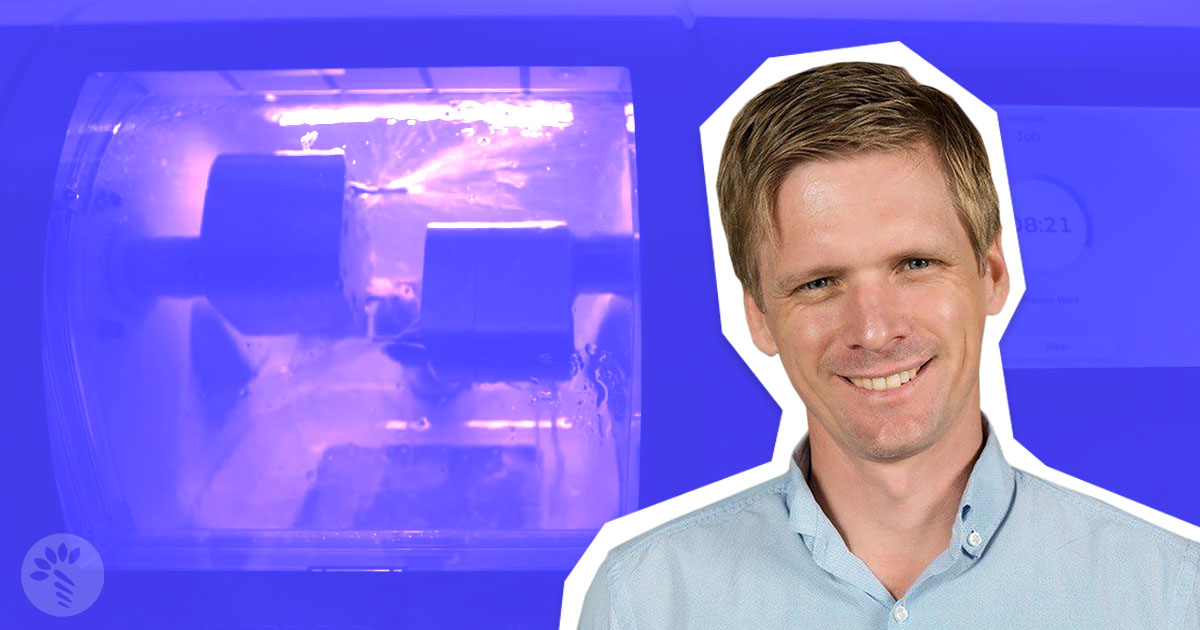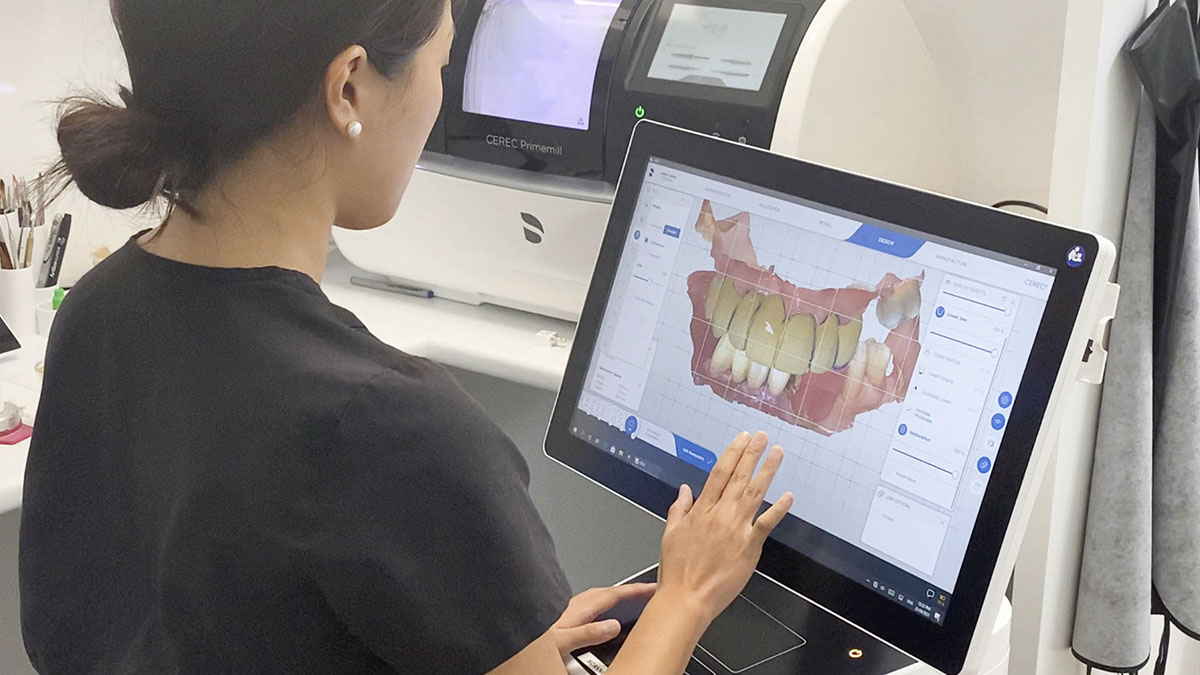The future of dentistry is digital. So where would a dentist who only knows traditional-form dentistry start? Usually with the purchase of a CEREC machine. It arrives with some tuition, and there would be more than a few dentists who have the idea that once they hit the go button, their CEREC machine will mill insta-worthy results. It won’t.
Dr Michael Frazis figured out the extra skills that were required to produce spectacular results. And the benefits, he learned, transcend being able to mill natural-looking crowns. They include same day production, creative inspiration, professional satisfaction, and happier patients.
We sat down with Dr Michael Frazis and asked him to describe his CEREC journey.
What was your greatest challenge?
I started using CEREC in 2014; I used the Redcam. My struggle was that I felt like I was thrown into the deep end. I didn’t really have any guidance on how to use the software, or what was and wasn’t possible. It ended up causing issues where things weren’t fitting properly.
I did a few courses, but I felt disheartened. I thought the problem was the machine, which it wasn’t; it was the way I was working. All CEREC is, is a tool: it is a scanner, a piece of software, and a milling machine.
CEREC will amplify what you put in it. If you do good quality work you will get amazing results. If you put bad quality work in there you will get a bad result. It can only work with what you put into it. When I realised this, my focus became: how can I make good work so that I can achieve a good end result.
Next, I achieved predictability. And after that, my challenge became: how do I get ceramic to look better. For that I focused on the ceramic itself like a lab technician would do. I sat down with my lab technician and asked him what he did, and what he used. In my spare time, I honed my skills on broken teeth.
The Bootcamp merges these learning experiences together. We’ve got some preps in there that are pre-done. Attendees will have the opportunity to work on each step until they achieve a great end result. They can sit there hand finishing their work and see how it will transform and pop until it looks like a tooth. This Bootcamp is for people who have never done anterior teeth before.
I used to only do back teeth. Now I do anterior teeth. It’s no different to doing a plastic filling. It’s the same hand skills that you need.
What gives you the most satisfaction when you work on anterior teeth with CEREC?
The most satisfaction I get is the fact that you can create a whole new tooth on the same day - or over a couple of days. You can take the patient from the before to the after very quickly. In the patient's mind it is almost instantaneous.
You click a finger and they can have the smile they wanted. If the patient has to wait for it, it’s a different experience.
There is a sense of pride that comes to me when I was the one that did everything from start to finish - as opposed to doing all the work on the teeth, then I send my work to the lab. I will be the one glueing it in while the patient is thanking me - for the part of the tooth that I did not do. The praise that I get does not feel earned.
But the praise I get for work that I did entirely gives me a magnified feeling of accomplishment.
Now that you are at mastery level with CEREC what advice would you give to your younger self when you were new to digital dentistry?
My advice would be to just keep playing and tinkering with teeth. The hand skills that you are learning and developing on back teeth matter because you are practising and honing them for the anterior teeth.
Every time you are doing a filling and learning about shape and anatomy, pay attention because it is an important part of creating a new smile. Every bit of knowledge makes a difference to your patient's smile.
You don’t dismiss any bit of learning. Maybe it might not matter in the moment that the back teeth colour doesn’t match, but you can’t carry that attitude to the front teeth. You have to make details like this matter at the beginning of the journey and not make a habit of taking shortcuts.
Keep practising. Any time something doesn’t mill properly or breaks, just put the tooth aside. Have a stockpile of ceramic that you can practice on and shape and glaze.
Don’t be afraid if you are starting out with an anterior case. Scan it, send it to the lab - and make the crown anyway. You’ll have 2 crowns and your crown might suit your patient better than the lab’s crown. You will be surprised how often your patient chooses your crown over the lab’s crown.






